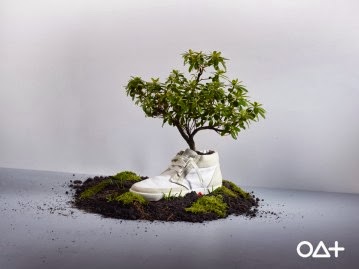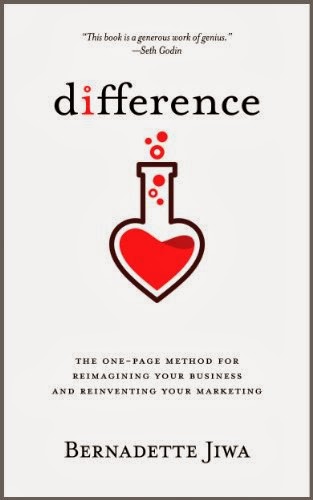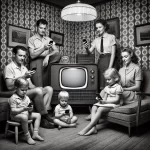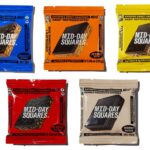My colleague Olav, from the Netherlands shared with me information about an incredibly inventive new product from his country. It is a company that sells baby shoes. How many companies sell baby’s first shoes— probably hundreds if not thousands.
But Oat Shoes, from The Netherlands, has a difference. When you child grows out of Oat Shoes, you plant the shoes in the backyard and from these shoes flowers or a small tree will grow. The shoes have seeds embedded within them.
The emotional hook to your baby’s growth is brilliant.
What better way to differentiate yourself by giving your customers something that symbolically stays with you long after the product has no practical value? The difference is so clear and easy to explain. No one needs an elaborate marketing campaign to get the
word out, it is spreading from parent to parent online and in person. Bernadette Jiwa beautifully articulates the importance of difference in her new book called DIFFERENCE. She explains a one page method for reimagining your business and marketing. It is a wonderful book that will help you grow your brand. Clear. Simple to read. On point. Her difference maps are a great guide to help you think through your marketing issues.
See some examples online at: http://difference.is/
What have they done right?
In the Oat Shoes example, the marketing and the product are one. The products difference separates this company from its competitors. Their product is has a sustainable aspect but with a deep, soulful emotional hook. Long after a baby is a toddler, the flowers or trees growing in the backyard from the shoe are a powerful reminder of both the shoe and your emotional connection to your growing child. They don’t really have any competitors as they have created a new category of baby shoe that have a function long after the baby is wearing their next pair of shoes.
Three things to consider:
1. What decisions are you making about your new product that could dramatically place you in a category all your own? As Seth Godin explained, how can you become a purple cow in a field of brown cows? Or in the case of the red souled shoes from Christian Louboutin, pay attention to something no one else focuses on for their brand.
2. Is there an obvious emotional link between your product and the emotional state of the purchaser or user of the product? How can you cleverly connect to it? Can you carve a safety message into your product used for protection? Imagine a smoke detector that is a picture frame so you are constantly reminded to change the battery to protect your family.
3. What drives the buyer to purchase your brand on an unconscious level? Is it security, protection, love, compassion or happiness? Think of that emotional state you want to tap into and find the path to those feelings.
How are you seeding your marketing into your new product?





